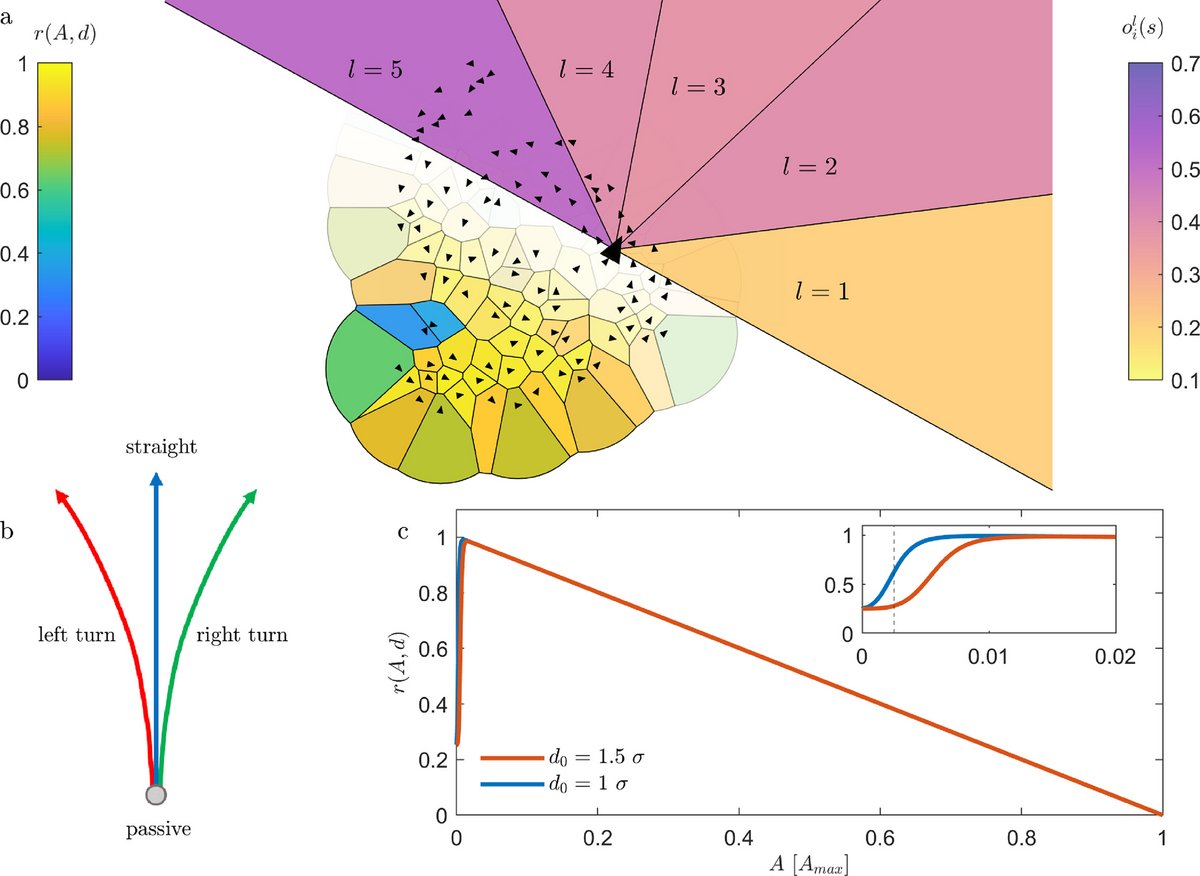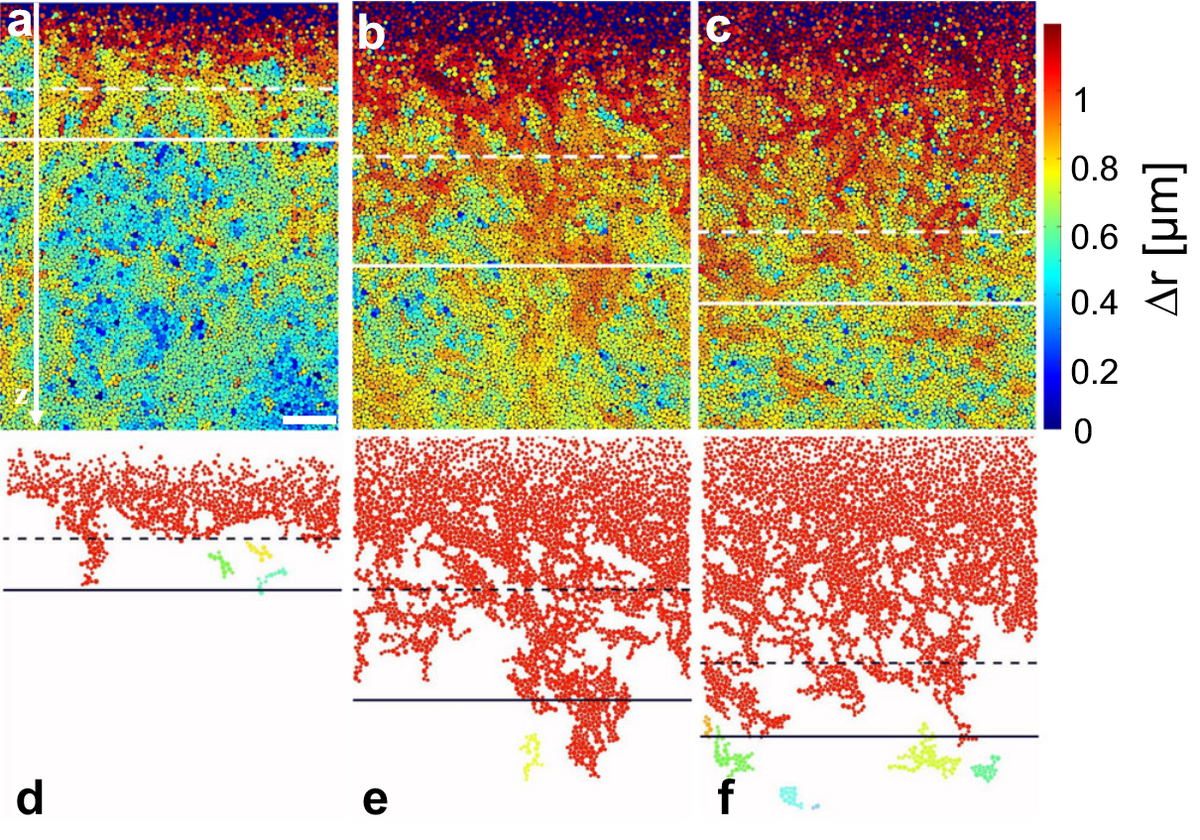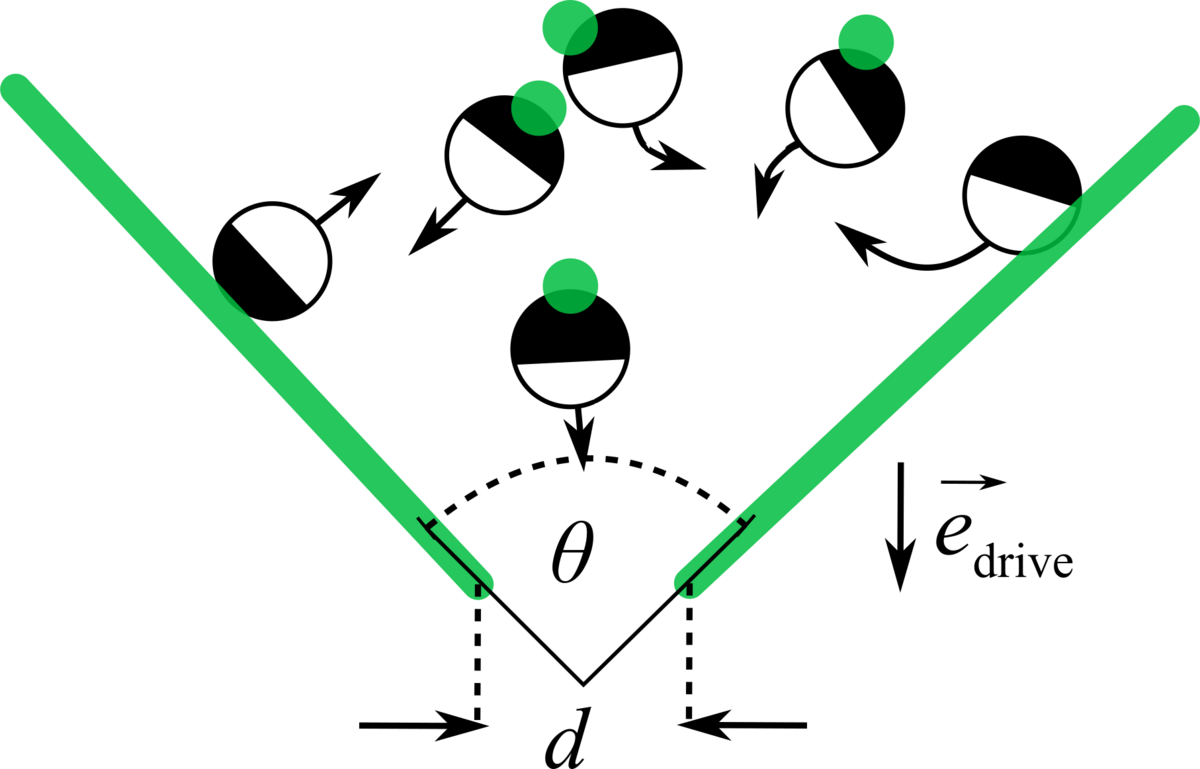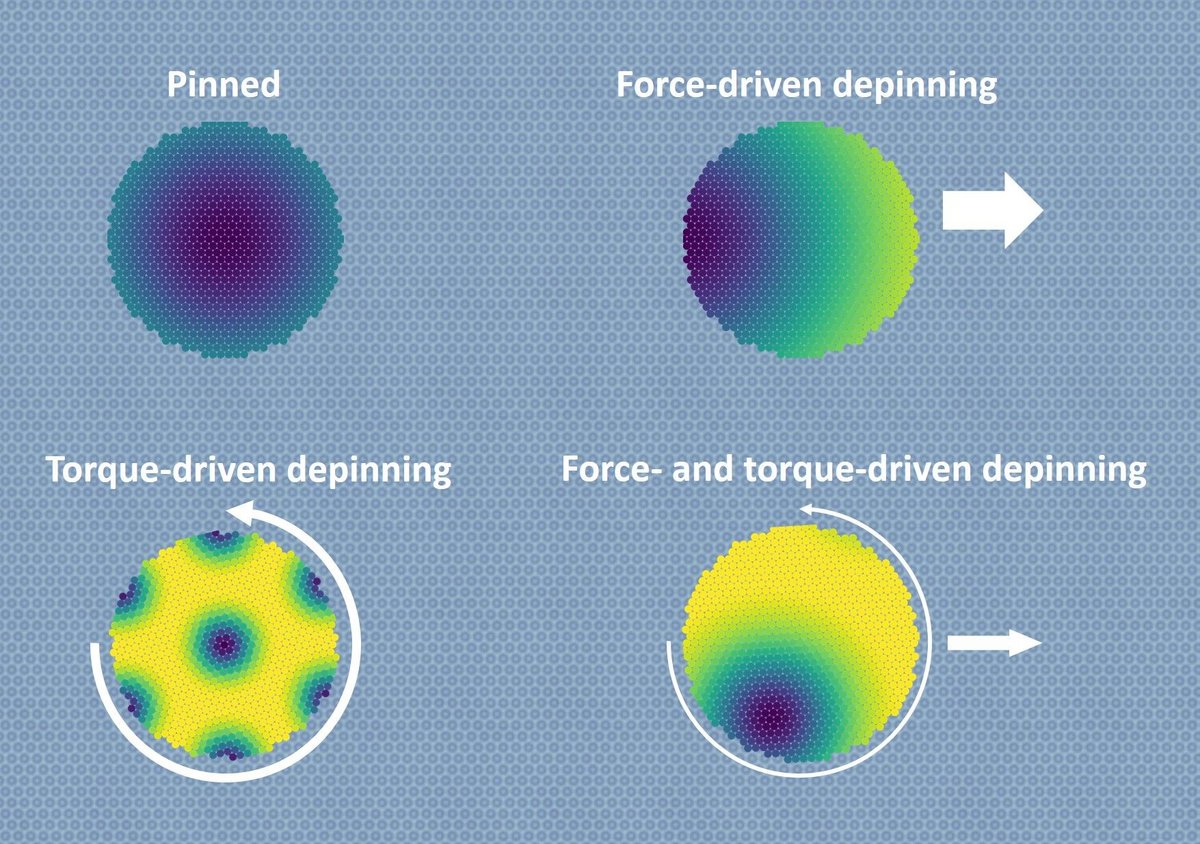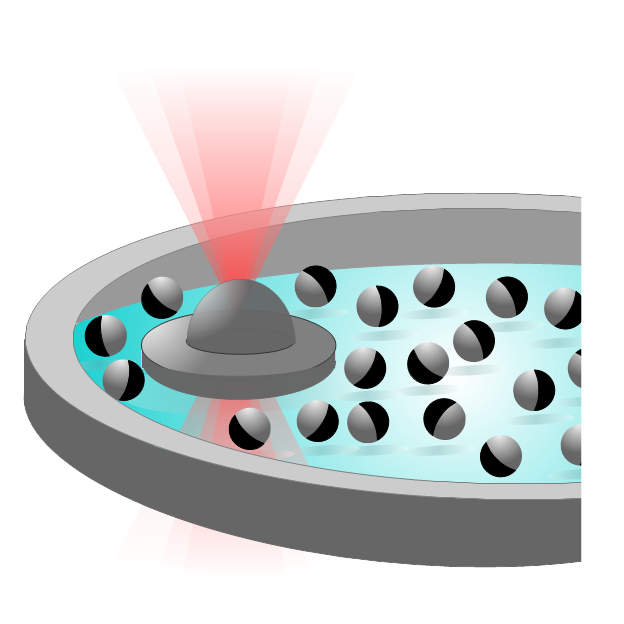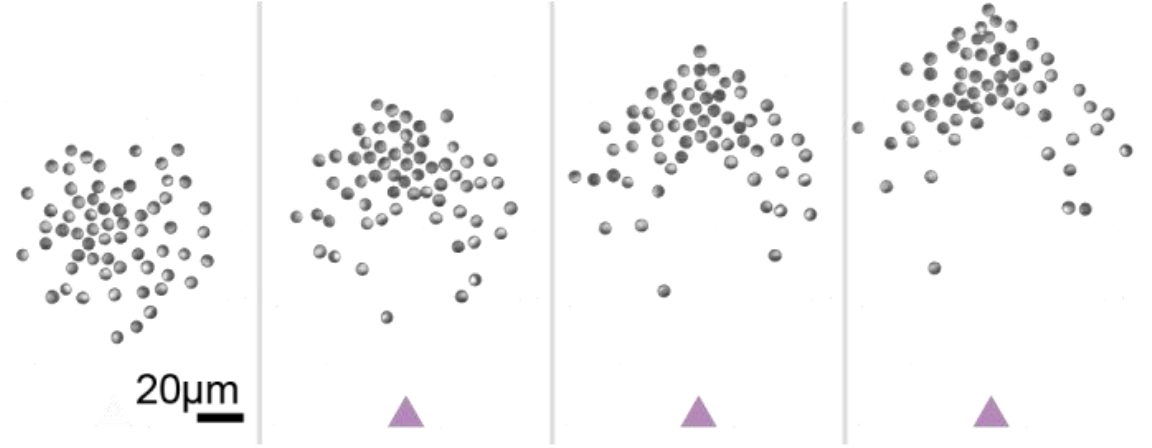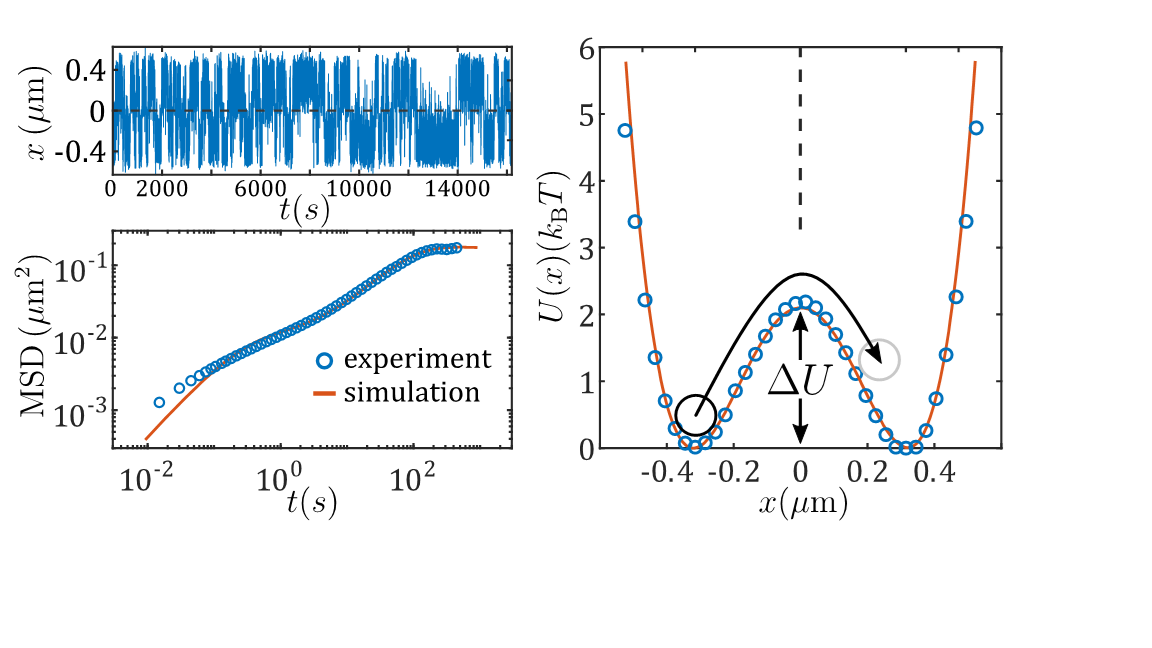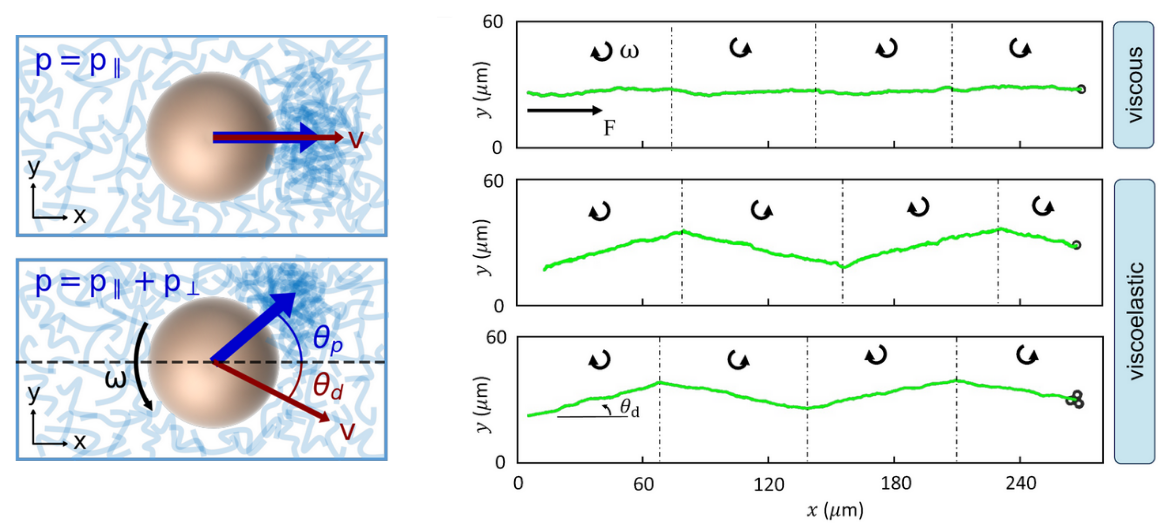
Curveball at the microscopic scale
The Magnus effect causes the curved trajectory of spinning footballs or tennis balls, and it can even be used for the propulsion of ships. A team of physicists led by Clemens Bechinger have now documented, for the first time, the existence of the Magnus effect at the microscopic scale.
Whether you are familiar with the Magnus effect or not, you have certainly often made use of it, e.g. when kicking a curveball or putting spin on a tennis ball. The Flettner rotor even employs this principle to…
Read more
